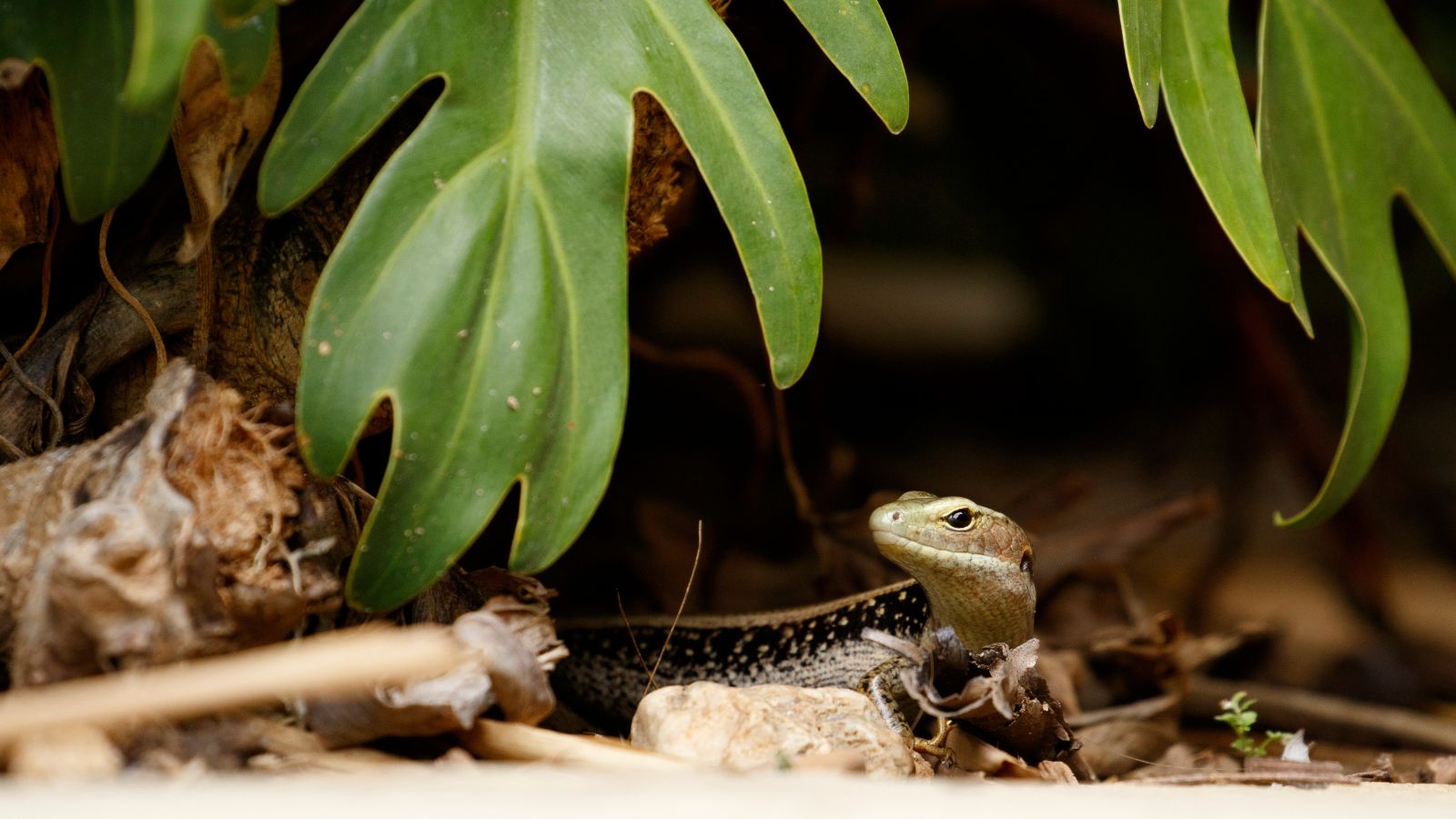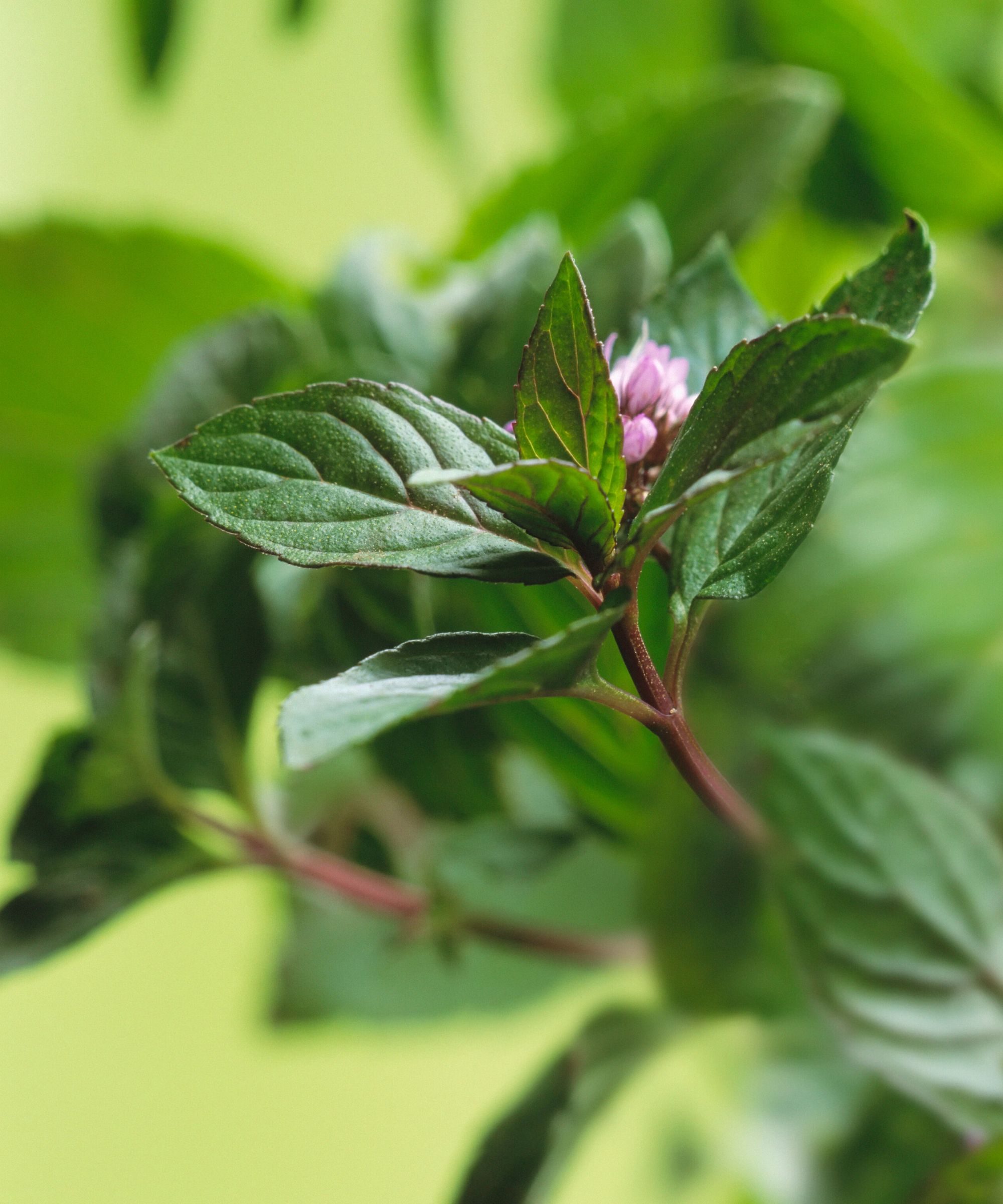How to get rid of lizards – humane ways to remove them from your house, porch, and yard
Learn how to get rid of lizards for good from your house, porch, and yard with this comprehensive guide


Whilst lizards are rarely dangerous, they can be an unsightly presence and an unwelcome visitor in your home.
These little critters play an important part in pest control and may even help control the spread of some diseases such as Lyme disease. Despite this, they can sometimes end up in places we don’t appreciate them - in your house, for example.
Because of their key role in our ecosystem, however, it is important to remove lizards from your home and yard in safe and humane ways. Here, we offer considerate yet easy ways to disperse these reptiles from your property.
How to get rid of lizards
Much like getting rid of mice, lizards can be difficult to remove due to their often small sizes and ability to squeeze through small gaps and hide. This is especially true of the house gecko - the most common lizard encountered in the home in the US.
Lizards are tempted into homes in their search for food, water, and warm shelter. With many green spaces taken over by cities and suburbs, they have become increasingly used to cohabiting with humans and are less likely to be scared enough of humans to avoid them completely.
If you are dealing with uninvited reptile residents, there are a few ways to make sure they stay away.
1. Get rid of insects to remove their food source

As with getting rid of moles, lizards are most likely to appear in your house and yard because of the abundance of food. Insects such as ants, roaches, and beetles are all high on the menu for common lizards and can easily be found in and around your property.
Design expertise in your inbox – from inspiring decorating ideas and beautiful celebrity homes to practical gardening advice and shopping round-ups.
A quick way to remove insects is to make your own homemade bug spray. These sprays can be used both in the garden and indoors to get rid of common houseplant pests.
Alternatively, in outdoor spaces consider companion planting to naturally protect your plants from pests whilst making your garden look prettier at the same time.
2. Use a natural repellent

Lizards do not like the smell of hot or peppery things such as Tabasco or pepper. Spray a solution of cayenne pepper or Tabasco sauce and water near common entry points to deter lizards from approaching.
3. Catch and release the lizard

Catching and releasing a lizard yourself is one of the more difficult ways of removing the reptile from your home and yard since they are incredibly fast and nimble – but is the most sure-fire way to remove them from your space.
When you have spotted the lizard, quietly attempt to spray them with very cold water. Because lizards are cold-blooded, this will slow them down enough for you to catch them without hurting them. Place a container over the lizard and slide a piece of paper underneath to trap it inside. Do not touch the lizard with your hands. Once caught, move the lizard a significant distance away from your yard and release them – preferably in a green, overgrown area to give them the best chance at surviving outside of your home.
4. Seal off entry points

Make it more difficult for lizards to enter your home in the first place by identifying and sealing off any possible entry points.
Fill holes and cracks with caulking, or larger meshes to patch larger holes. Consider installing weather–stripping to the sides of windows and doors, as well as using meshes and screen doors to prevent both lizards and insects from getting in where you can.
5. Plant outdoor plants that deter lizards

A great way to get rid of lizards from outdoor spaces and prevent them from approaching the home is to plant specific outdoor plants that repel the reptiles.
Three ideal plants to repel lizards are peppermint, eucalyptus, and pencil trees. Lizards hate the small of these plants, so adding them to your backyard ideas is a great way to send lizards on their way.
If you are not a fan of lizards entering your home or setting up camp on your porch, you may also want to consider planting a range of snake repellent plants too to discourage reptiles of all shapes from making a home on your property.
6. Keep your yard and porch tidy to eliminate hiding spaces and shelter

When it comes to landscaping your backyard, it is important to keep it clean and tidy – the same goes for your porch. Untidy gardens and porches can provide lizards with plenty of shelter and warm spots to hunker down.
Keep landscaping tidy, remove garden cuttings, and sweep porches and decks to move insects along and reduce the number of concealed hiding spots. Also, ensure to remove any standing water which can encourage pests.
When sweeping your porch, also make sure to take steps to keep bugs away from your porch lights to really deprive lizards of their food sources.
Avoid using egg shells as a deterrent
Egg shells are a common wives' tale for getting rid of lizards. The theory is that lizards do not like the smell of crushed eggshells and they can trick them into believing another reptile lives in the area. There is no evidence, however, that either of these is true. In fact, lizards may actually find eggshells to be a tasty treat full of nutrients!
How do I get rid of lizards permanently?
To get rid of lizards for good and prevent re-infestation, make sure to address the insect infestations on your property both inside and out, use barriers to prevent lizards from entering your home such as sealing up holes and using screen doors, and make sure to keep any food and water sources secure and your house clean. You should also aim to sweep your porch to prevent lizards from congregating around the outside of your home. Sweeping and clearing your porch and deck and preventing bug populations from forming and attracting hungry reptiles.
Once you have gotten rid of lizards from your property, always check the area thoroughly to make sure no other lizards remain.

Chiana has been at Homes & Gardens for two years and is our resident 'queen' of non-toxic living. She spends most of her time producing content for the Solved section of the website, helping readers get the most out of their homes through clever decluttering, cleaning, and tidying tips. She was named one of Fixr's top home improvement journalists in 2024.